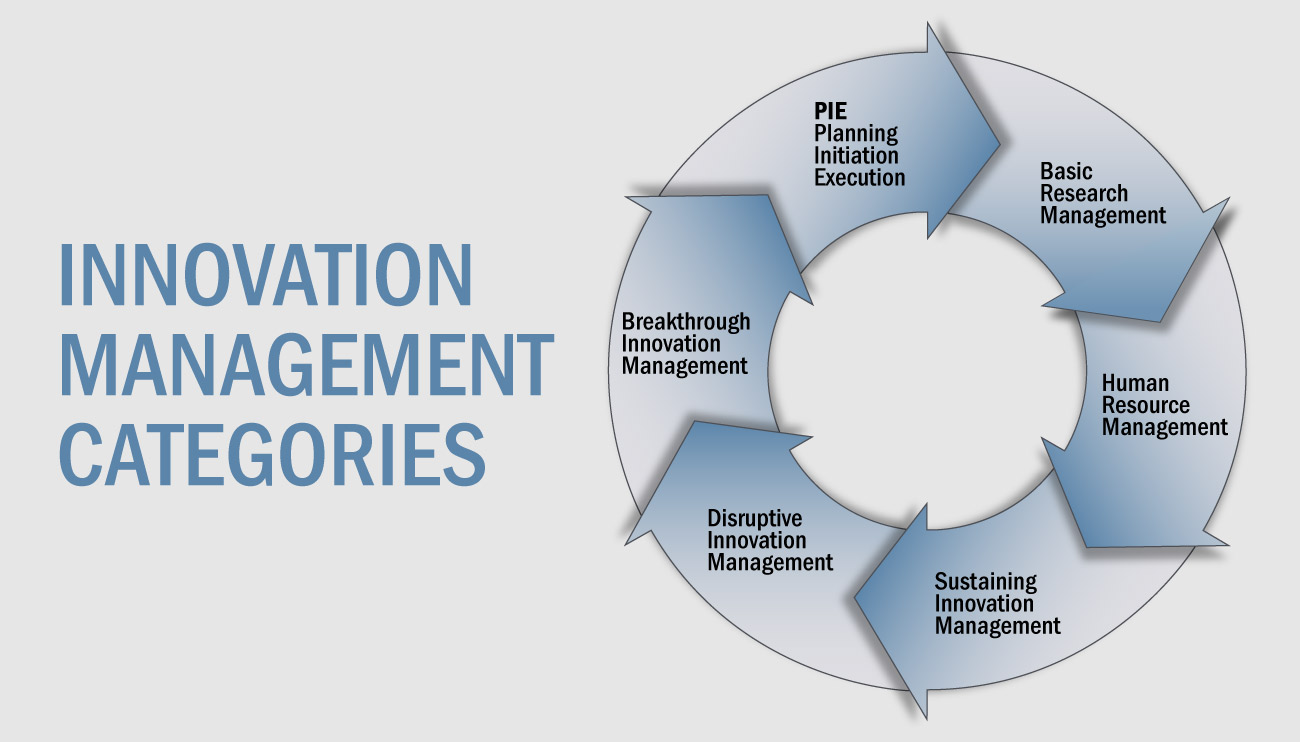Top

Innovation Management Categories
- Basic Research: This is the type of work done at universities and some R&D labs. There isn’t a clearly defined outcome. The point is to discover more about how things work. Some say that basic research isn’t innovation, because it does not necessarily result in a new product or service, but I disagree. It would be tough to argue that people like Einstein or Watson or Edison weren’t innovative. They revolutionized their fields. Moreover, basic research pays huge dividends in the long term and it’s difficult to imagine our modern world without discoveries which seemed useless at the time.
- Sustaining Innovation: This is the type of innovation that Apple excels at, where there is a clearly defined problem and a reasonably good understanding of how to solve it. When Steve Jobs first envisioned the iPod, it was simply a device that allowed you to put “1,000 songs in your pocket.” That meant you needed to have a certain amount of memory fit into certain dimensions. Those were difficult problems that took a few years to solve, but it was pretty clear what was involved and who was capable of solving them.
- Disruptive Innovation: Clayton Christensen introduced the concept of disruptive innovation in his classic book The Innovator’s Dilemma . These tend to be new approaches to old products and services. I’ve referred to disruptive innovation in the past as crappy innovation, because it tends to perform poorly on previously defined parameters (like early digital cameras that took lousy pictures), but outperform on a different parameter, such as price or convenience or compatibility.
- Breakthrough Innovation: Thomas Kuhn called this “revolutionary science” because it involves a paradigm shift. In this case, the problem is well defined, but the path to the solution is unclear, usually because those involved in the domain have hit a wall. Transistors and the discovery of the structure of DNA are both good examples of breakthrough innovation.

